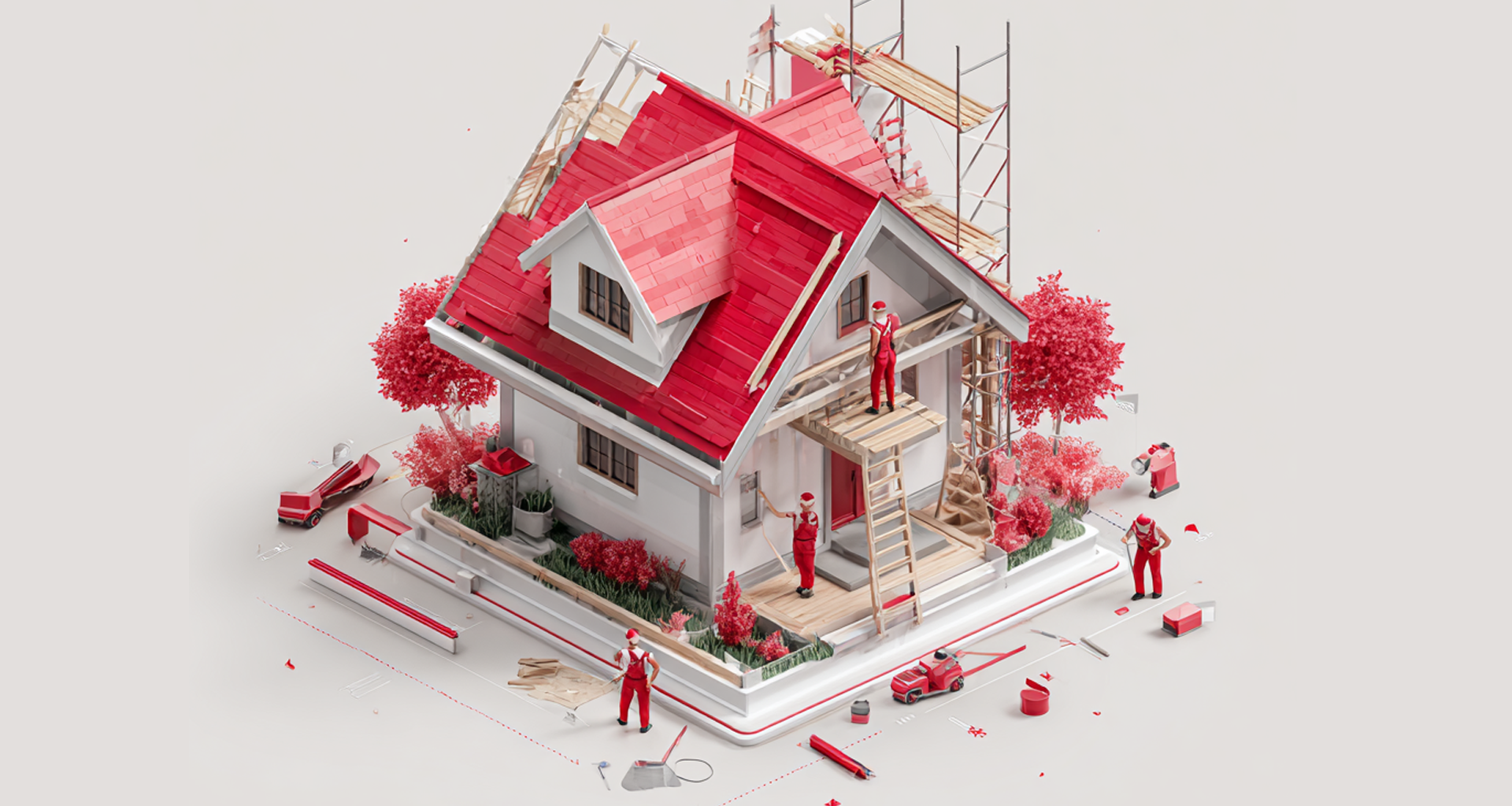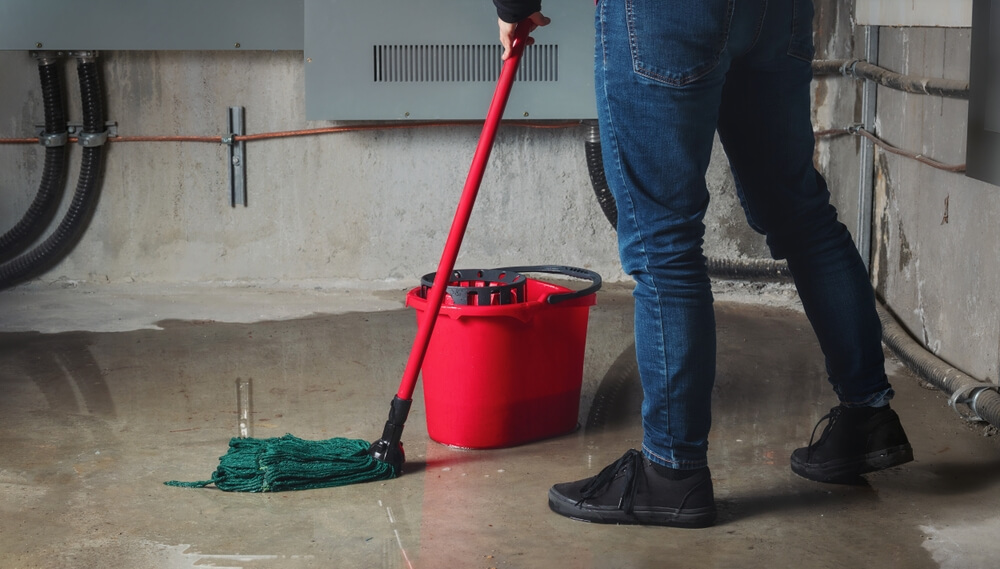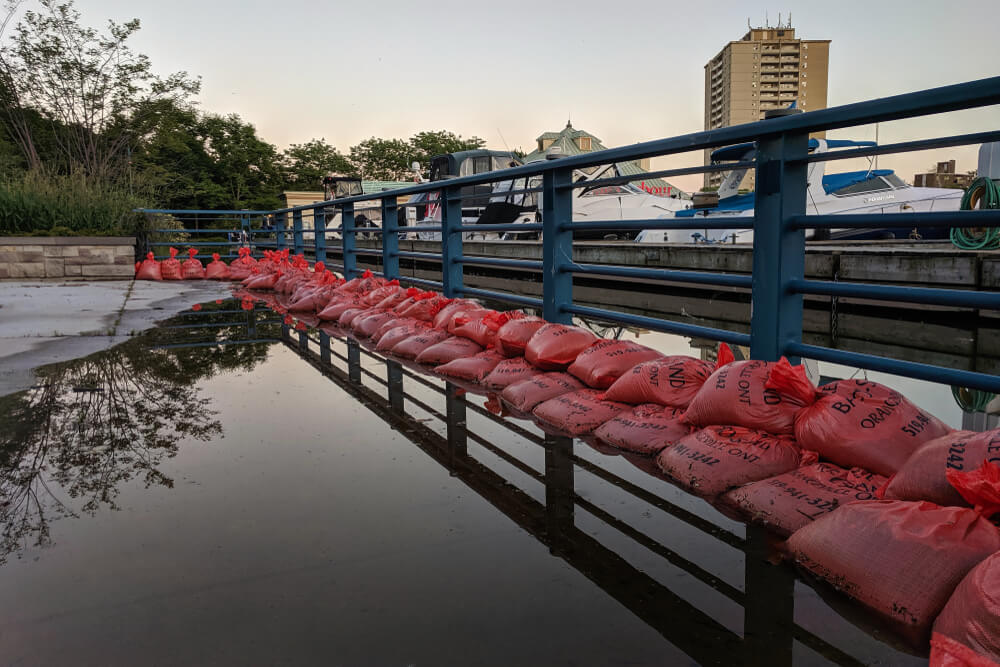Get Sewer Backup Insurance Coverage for Your Home
Protect your home against damage from sewer backup
Compare home insurance quotes from providers you trust
How to get your home insurance quotes on RATESDOTCA
Ready to compare quotes and save?
Tell us about your home
Answer a few basic questions about your home. It won't take long!
Compare your quotes
See quotes from top insurance companies side by side.
Choose the right coverage
Find the right protection for your home and everything in it.
Secure your rate
Connect with the provider and secure your rate.
What is sewer backup insurance?
While most home insurance policies include some protection against water damage, additional coverage must be added for protection against flooding.
As severe weather events become increasingly common across Canada, we recommend that, at a minimum, you seriously consider adding sewer backup coverage to your policy.
Home insurance companies offer different types of additional coverage, including:
Sewer backup
When the stormwater system is overwhelmed causing sewage to back-up into a home. This is more common in low-lying areas and/or in homes below sea level or on a flood plain. Sewers can back-up due to heavy rain or melted snow.
Overland
Water that floods a home at or above ground level such as after overflowing from a nearby lake, river or stream. This is more common during severe weather and during a thaw.
Ground
Groundwater that enters a home through the foundation, floors or basement walls due to sudden accumulation of water after heavy rain or thaw.
Tidal
Saltwater that floods a home following a tidal wave or tsunami. This is more common in coastal areas.
Frequently asked questions about sewer backup insurance
What is sewer backup insurance coverage?
Sewer backup insurance can be added to whichever type of home insurance policy you have, whether that be comprehensive, broad or basic.
While it’s common for water damage to be listed as one of the perils your insurance will cover, this refers specifically to a sudden, accidental escape of water from an indoor system such as plumbing, heating and air conditioning. For example, if a pipe bursts in your home, you’re likely to be covered.
On the other hand, flooding and the damage caused by it are what insurance companies call ‘uninsured perils.’
To be covered for damage caused by a sewer drain backup, you need insurance coverage for that specific peril. This is possible through the addition of an endorsement to your policy.
Because of how common flooding is becoming across Canada, the RATESDOTCA quote tool assumes that you want flooding protection. In other words, by default, the free quotes you receive will include sewer backup coverage as well as overland and groundwater protection.
What does sewer backup insurance cover?
When you add sewer backup coverage to your policy, you’ll be covered for damage caused by sewage water entering your home. This usually happens when a nearby stormwater system is overwhelmed. With nowhere to drain, stormwater will come up through toilets and drains and end up damaging the surrounding area.
When you apply for free quotes on RATESDOTCA, the tool will assume that you’d like to add sewer backup protection to your house insurance as well as protection against overland and groundwater flooding.
You can opt out of those additional coverages, but we recommend that, at a minimum, you consider getting sewer backup insurance – particularly if you live in a low-lying area or potential floodplain.
As more and more Canadian homeowners contend with the effects of severe weather, we believe that increasingly sewer backup insurance is a necessary coverage.
What does sewer backup insurance not cover?
Home insurance carriers distinguish between different types of flooding.
While coverage for protection against sewer backup as well as for overland, groundwater and tidal flooding is available, you have to confirm that it’s a part of your policy since it is not an automatic feature of most comprehensive policies.
The quote tool on RATESDOTCA assumes that you want flooding protection. It’s added to the premium unless you opt out of it.
When you’re shopping for a policy or considering whether to renew with your current insurer, it’s important to understand the different types of flooding coverage because basic coverage won’t protect you in most flooding scenarios.
For example, if your basement floods during a thunderstorm, an insurance adjuster will try to determine how the water entered the home: whether it came up through the toilet and drains, or, if it entered the basement from outside.
You’ll benefit from having sewer backup and overland flooding protection, respectively, and you have to purchase these in addition to your base policy.
When you get free quotes at RATESDOTCA, you’ll be asked whether you’d like to add a water protection package. Selecting ‘yes’ will add overland, groundwater and sewer backup coverage to your home insurance policy.
What’s the difference between water damage coverage and sewer backup?
Water damage is a named peril in many home insurance policies. It refers to damage from an unexpected and sudden overflow of water from within the home. For example, if a pipe bursts and damages your home, you’ll be protected.
If, however, the pipe bursting was predictable – for example, it froze while the heat was turned off when the temperature was below freezing— it’s unlikely that you’ll be covered.
In contrast, sewer backup refers to water backing up into the home when a nearby stormwater system is overwhelmed. Homeowners may notice that a toilet or basement drain is overflowing.
Is sewer backup coverage worth it?
Yes, generally speaking, it’s worth getting sewer backup coverage. While you’ll receive a slightly higher quote for a policy that includes it, the cost of repairing damage from a flood is likely to expensive.
Homeowners whose properties are several thousand metres above sea level and not likely to experience flooding from sewer backup may not consider the coverage worthwhile.
Unfortunately, as more and more Canadians experience the effects of climate change, it makes good sense to customize a home insurance policy with extra flood coverage.
If you’ve opted to add any type of flood protection to your home insurance policy, be aware that some carriers have a sewer backup coverage limit. In other words, there’s a cap on how much they’re willing to payout.
Before you commit to a specific coverage, be sure that it aligns with the value of your home and likely costs in the event of damage.
What coverage limit should I get for sewer backup insurance?
The size and value of your home are important factors in determining any coverage limit you might get for sewer backup protection.
You’ll want to consider the square footage of the space that could be damaged by a backup and the associated repair costs.
If a provider has a coverage limit, consider purchasing more coverage so that you don’t end up in a scenario where your repair costs are greater than the coverage limit.
Do I need sewer backup insurance for a condo?
On its own, your condo insurance policy won’t have sewer backup protection built into it. For maximum protection, you’ll need to add it.
While this may not seem necessary because the building’s insurance will kick-in to protect your unit in the event of a flood, consider that it might not afford you full protection – particularly if you’ve updated your unit.
Any additional coverage may cost slightly more, but it’s likely to be a comfort to you in the event of damage.
Do I need sewer backup insurance if I’m renting?
Generally speaking, no. Your landlord’s homeowner’s insurance will cover costs for damage from sewer backup.
However, their coverage won’t cover the cost of replacing your contents.
Your own tenant insurance policy will, and, is also likely to cover the cost of additional living expenses if you’re unable to remain in your rental during repairs.
How can I prevent sewer backup?
Because of how many Canadians are now affected by flooding, more and more municipalities are recommending that homeowners take proactive steps to prevent sewer backup.
Installing a backwater valve and a sump pump in your home can significantly reduce the likelihood of flooding.
Some municipalities have rebate programs in place to persuade homeowners to install these tools.
Other steps that homeowners can take other preventative steps, including:
- Avoid flushing any non-biodegradable materials, including disinfectant wipes, which have become a popular tool during the COVID-19 pandemic for preventing the spread of germs.
- Monitor what goes down the drain, avoiding grease which can coat pipes as well as food debris.
- Have the pipes examined, particularly if water is bubbling up in sinks or in the toilet.
- Landscape the property surrounding your home with grass and gardens which absorb rainwater rather than cement which cannot.
- Make sure any water coming from the house during a storm is being channelled a substantial distance away from the foundation and that of any nearby structure.
What people say about our quotes

Based on 6,450 reviews

Fast efficient and fair
Quick quotes. Great rates. Easy to process
Trinity

Comparing Travel Insurance …
This was the only site I could find that allowed me to compare different travel insurance options. I particularly liked the ability to look at sample documents.
Toronto

Amazing
Very helpful and easy to use
Safe travels

Easy quick selection of rates
Easy quick selection of rates
J K

Great help in finding the best rate!
Great help in finding the best rate! Thanks a lot!
Ruthielyn opina

I like how I can quickly I can select…
I like how I can quickly I can select travel insurance. The web site had an issue earlier but seemed to correct itself.
Dennis











